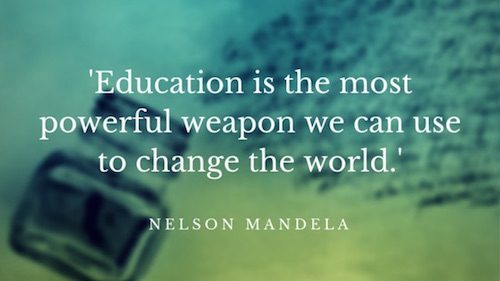When I was younger, I tried my hand at near enough every sport which was on offer. I did swimming, netball, hockey, lacrosse, basketball, enjoy-a-ball, golf and ballroom and line dancing. I started most of these when I was in primary school, however, I did carry a few of them through to high school. Unfortunately, as I got older I became much busier with school and part time work, and I eventually ended up dropping every sport I ever had interest in.
During high school, I also took the subject of PE through to Higher. I suppose this allowed me to keep in touch with at least some sort of sport. I really enjoyed the subject, and loved looking at different sports and analysing and evaluating them in great detail. However, as much as we studied tactics and techniques etc. within various sports, we never really considered the mathematics behind sports.
Without mathematics, no sport would exist.
Within every sport, there is multiple mathematical concepts which allow athletes to compete and be successful within their chosen sport. Whether it is through discussing statistics or talking tactics, deciding where players are going to be positioned on the pitch, or through the way in which the game is scored, there is mathematics involved. Behind every shot, tackle, sprint, kick, hit or throw etc., there has been a mathematical idea which has allowed the athlete decide why they are carrying out the skill the way they are. Rachel Riley explains the involvement maths has within sports in the attached video:
Maths in Golf
One sport which has always been big in my family, and which I have played since I was 7, is golf. I have not played the sport competitively since I was 15, however, I am still very much interested in the sport and continue to watch and follow it.
Alike every other sport, mathematics has strong connections with golf. Every aspect of golf can be understood by using mathematics. The Institute of Mathematics and its Applications (2017) explains that although people spend thousands of pounds on the very best clubs and equipment, if they do not understand the physics and mathematics behind the game, then they will never achieve the all desired ‘hole-in-one’. Therefore, I have decided to research the mathematics behind golf, and how it affects everything from the swing of the club to the flight of the ball.
Dr. Steve Otto, the Director of Research and Testing at the R&A, which along with United States Golf Association (USGA) oversee the Rules of Golf, highlighted some of the ways in which mathematics is used in golf and explained that:
“We use applied mathematics on a daily basis, together with physics and engineering. The use of these tools help us to ensure that our analysis is thorough and rigorous” (Zyga, 2017).
One example of mathematics used in golf is the speed of the swing performed by the player. The simplest model of a golfer’s swing is the double pendulum which is two rods joined together with a mass at the bottom, with one rod being the golfer’s arm and the other being the club (Maths Careers, 2017). The arms then rotate around a point between the shoulders and the club rotates around the joints of the wrists. However, by using the Lagrangian equation of
L = T – V, (with T standing for kinetic energy and V for potential energy)
you can analyse the angles within a golfer’s swing; the angle of the arms in relation to the body and the angle of the golf club in relation to the arms. This allows you to understand how changing these angles will alter the swing and its speed (Maths Career, 2017).
This seems very complex; however, this picture allows you to see in visual format how the golfer’s swing works:

Furthermore, another form of mathematics involved with golf is in relation to the flight of the ball. The dimples on a golf ball allow the ball to fly in the air higher and for longer through the subject of the Magnus effect (Real World Physics Problems, 2017). The Magnus effect is the force which allows the air on one side of the ball to move slower than the other. This causes a pressure imbalance which then allows the ball to lift off the ground (Maths Careers, 2017).
There are many other aspects of golf which mathematics are involved in. However, this video produced by the USGA gives a brief overview of how mathematics is connected to golf and interviews professional golfers as they explain their understanding of the connection of mathematics in their sport:
References
Maths Careers. (2017). One, two, three…fore! – Maths Careers. [online] Available at: http://www.mathscareers.org.uk/article/one-two-three-fore/ [Accessed 8 Nov. 2017].
Real World Physics Problems. (2017). Physics Of Golf. [online] Available at: https://www.real-world-physics-problems.com/physics-of-golf.html [Accessed 8 Nov. 2017].
Zyga, L. (2017). The mathematics of golf. [online] Phys.org. Available at: https://phys.org/news/2017-08-mathematics-golf.html [Accessed 8 Nov. 2017].

